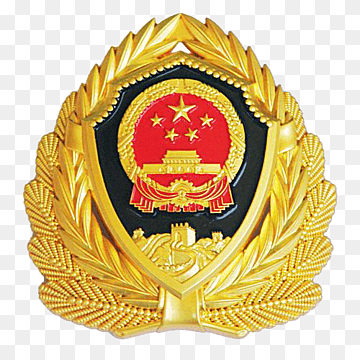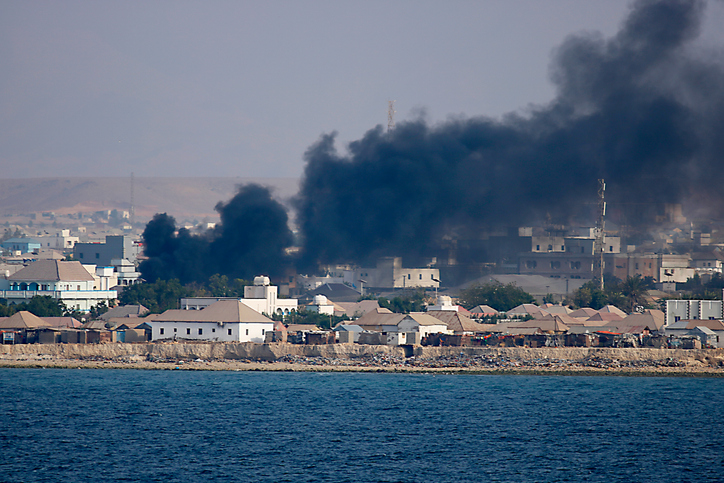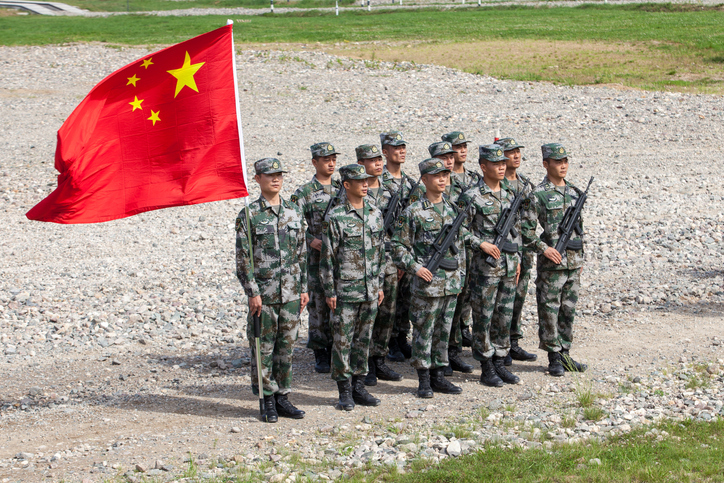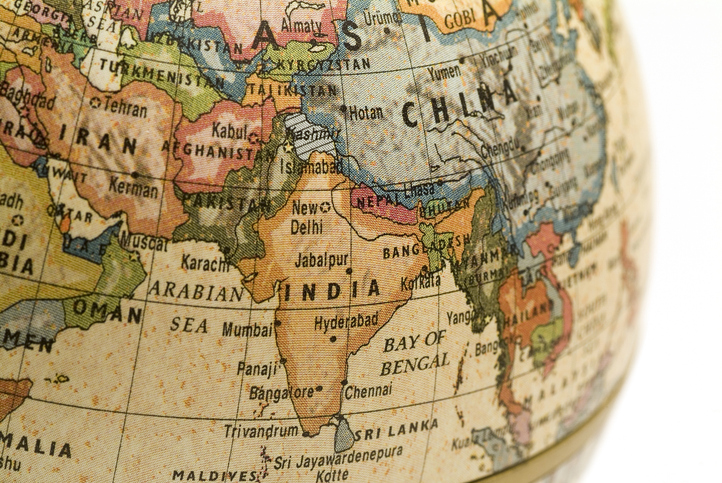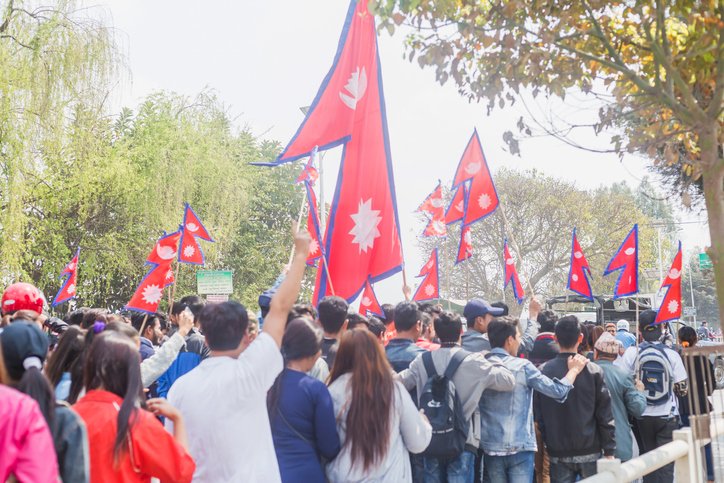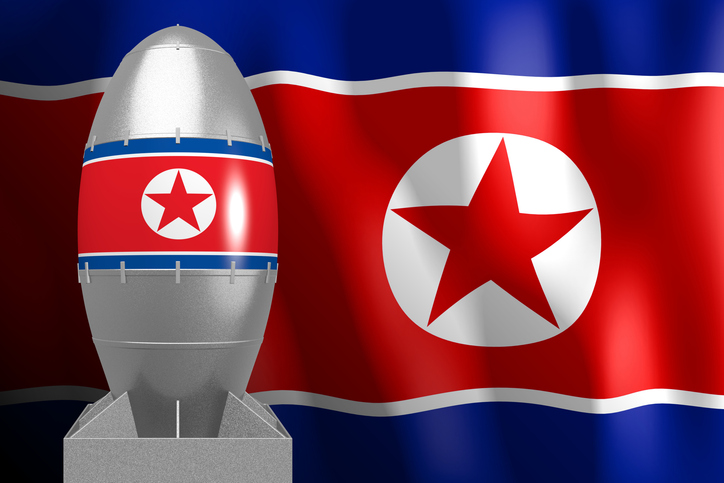
Posted On : Dec 15 2020
Ansarallah (Houthi Movement) in Yemen
Ansarallah, commonly referred to as the Houthi movement, is a Shiite insurgent group that has played a central role in the ongoing conflict in Yemen.
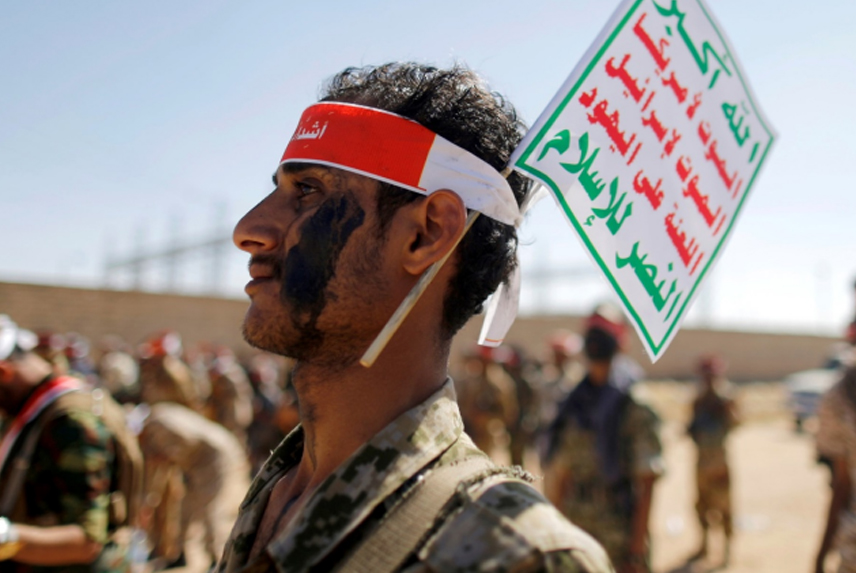
Emerging in the early 2000s, the group has evolved from a local religious movement to a major political and military force in Yemen, with significant implications for the region. This article explores the origins, ideology, actions, regional dynamics, and the impact of Ansarallah on Yemen and the broader Middle East.
Ansarallah's origins can be traced to the late 1980s when its founder, Hussein Badreddin al-Houthi, established a religious and political movement in the Saada Governorate of northern Yemen. The group's ideology is rooted in the Zaidi branch of Shiite Islam, which represents a minority in Yemen. Ansarallah sought to address perceived political and religious marginalization, demanding greater rights and autonomy for the Zaidi community.
The Houthi movement became increasingly militant in the early 2000s, engaging in armed clashes with the Yemeni government. Ansarallah's expansion and confrontations with the central government intensified, leading to a series of conflicts and ceasefires.
In 2014, Ansarallah capitalized on Yemen's political turmoil and ousted the internationally recognized government led by President Abd-Rabbu Mansour Hadi. The group, with the support of former President Ali Abdullah Saleh's loyalists, seized control of the Yemeni capital, Sanaa. This event marked a major turning point in Yemen's ongoing civil war.
In response to the Houthi takeover, a coalition of Arab states, led by Saudi Arabia, launched a military intervention in March 2015 to restore the Yemeni government. The conflict has since evolved into a protracted and devastating war, characterized by airstrikes, ground battles, humanitarian crises, and civilian casualties. The Yemeni conflict has significant regional implications. Iran has been accused of providing support to the Houthi movement, including arms and training. Saudi Arabia and its allies view Ansarallah as an Iranian proxy and a threat to regional stability. The conflict has further exacerbated tensions between the two regional rivals, Iran and Saudi Arabia.
The war has had a catastrophic impact on Yemen. It has resulted in thousands of civilian casualties, widespread displacement, food insecurity, and a dire humanitarian crisis. Yemen's infrastructure, including hospitals and schools, has been severely damaged, and millions of people are in need of humanitarian assistance.
Efforts to reach a peaceful resolution to the conflict have faced significant challenges. Multiple ceasefire agreements and peace talks have been attempted, but they have often faltered due to deep-rooted grievances and the complex web of domestic and regional interests involved.
Ansarallah, or the Houthi movement, has emerged as a major player in Yemen's ongoing conflict, with implications reaching far beyond the country's borders. While the group's origins can be traced to local grievances, its expansion and confrontation with the Yemeni government have led to a devastating war with profound humanitarian consequences. The Yemeni conflict underscores the complex and interconnected nature of regional conflicts in the Middle East and the challenges of finding a peaceful resolution amidst competing interests and power dynamics. The search for a lasting solution to the Yemen crisis remains a pressing issue on the international stage.
No Comments Added







